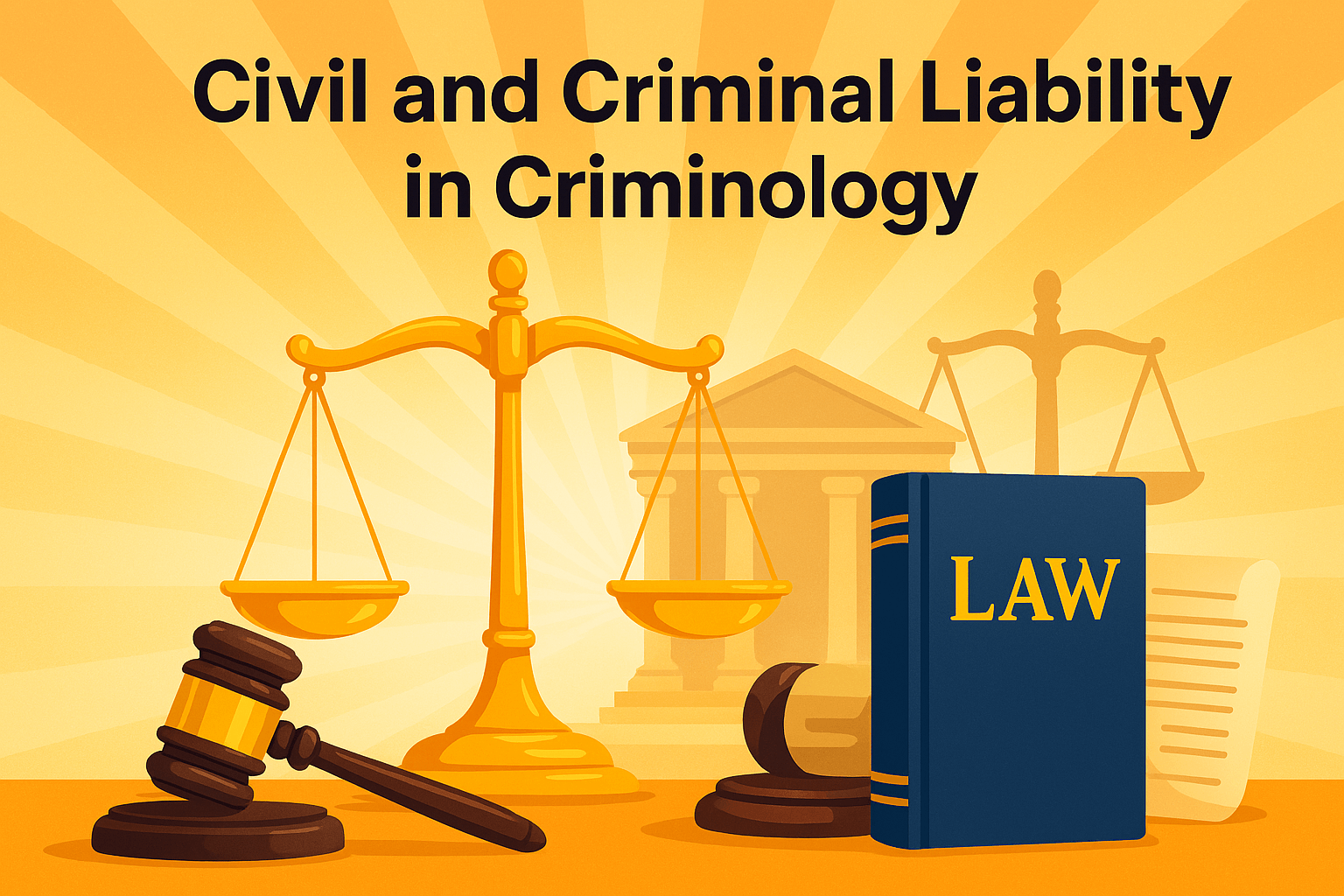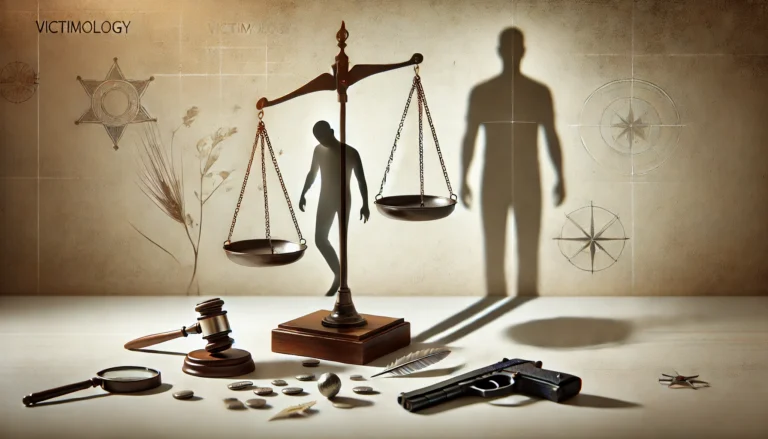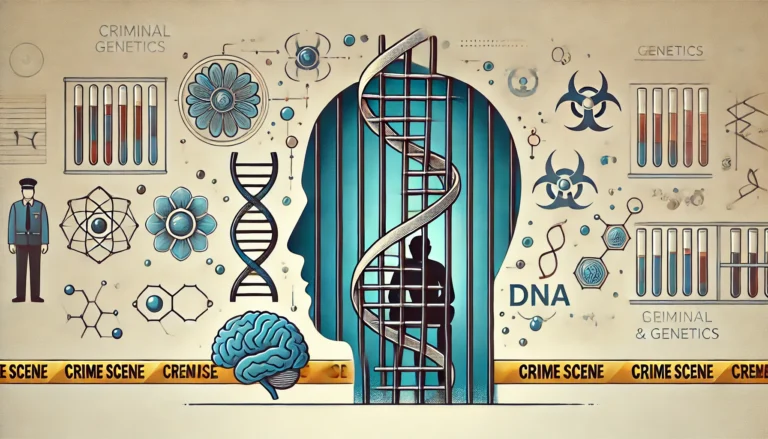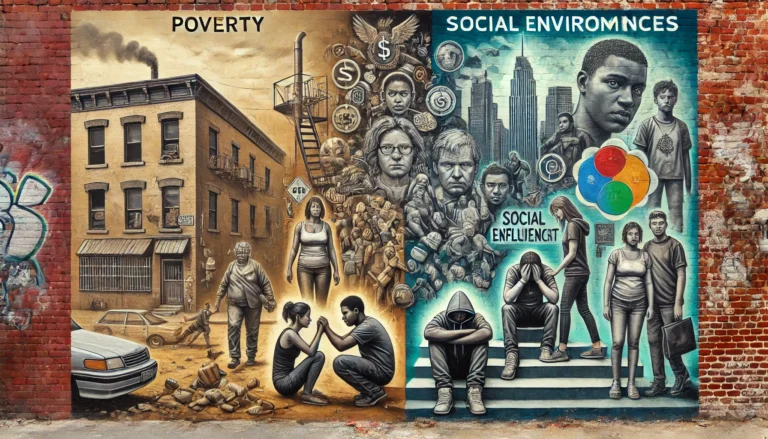Civil and Criminal Liability in Criminology: Complete Guide with Examples and Legal Insights
Introduction
Liability, in both civil and criminal contexts, plays a fundamental role in criminology and legal studies. Civil and criminal liability serve distinct functions within the legal system, addressing different types of wrongdoing and enforcing separate consequences. This article provides an in-depth analysis of the concepts, differences, applications, and implications of civil and criminal liability, particularly in the realm of criminology. The integration of liability within criminology helps to bridge the gap between legal theory and practical enforcement.
Understanding Liability
Liability is the legal responsibility for one’s actions or omissions. It can be categorized broadly into civil and criminal liability, each with unique legal standards, burdens of proof, and penalties. Understanding these categories is essential for grasping the foundation of legal accountability and their roles in societal governance.
Civil Liability
Civil liability arises when an individual or entity is held accountable for causing harm or loss to another party, typically resolved through financial compensation or equitable remedies. It primarily serves to restore the injured party to their original position, or as close to it as possible. Key principles of civil liability include:
- Torts: Civil wrongs such as negligence, defamation, and trespassing. Tort law seeks to address private grievances and offers remedies through compensatory or punitive damages.
- Contracts: Breach of contractual obligations leading to damages. When a party fails to perform their obligations as agreed, the injured party may seek compensation.
- Strict Liability: Cases where fault is not required, such as product liability. Here, liability is imposed even without proof of negligence or intent.
Civil liability plays a crucial role in regulating personal, commercial, and professional conduct. It is also increasingly used to hold entities accountable in environmental law, human rights cases, and consumer protection.
Criminal Liability
Criminal liability occurs when an individual violates laws that prohibit specific actions, leading to prosecution by the state. Criminal law is inherently public in nature, reflecting society’s interest in maintaining order and punishing offenders. Essential elements of criminal liability include:
- Mens Rea (Guilty Mind): The intent or mental state behind a criminal act. Different crimes require different levels of intent, such as negligence, recklessness, knowledge, or purpose.
- Actus Reus (Guilty Act): The actual commission of a prohibited act. Without an act, there is generally no crime, unless the law recognizes an omission as criminal.
- Causation: Establishing a direct link between the act and the harm caused. The prosecution must prove that the defendant’s conduct was both the factual and legal cause of the resulting harm.
The consequences of criminal liability are more severe than civil liability and may include imprisonment, fines, probation, community service, or even capital punishment in some jurisdictions.
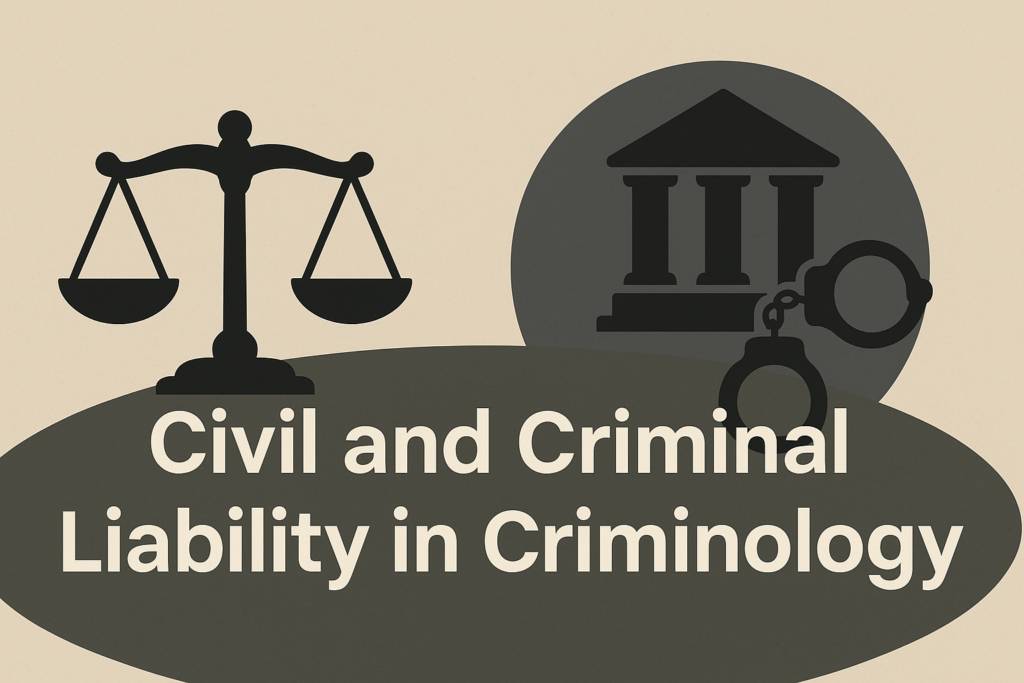
Key Differences Between Civil and Criminal Liability
While both forms of liability address wrongdoing, their legal frameworks and consequences differ significantly:
- Purpose: Civil liability aims at compensating the victim, whereas criminal liability seeks to punish and deter wrongdoing and reinforce societal norms.
- Parties Involved: Civil cases involve disputes between individuals or entities, while criminal cases are prosecuted by the state or government on behalf of society.
- Burden of Proof: Civil liability requires a “preponderance of the evidence,” whereas criminal liability demands “beyond a reasonable doubt” due to the serious consequences of criminal punishment.
- Penalties: Civil penalties typically involve monetary compensation or injunctive relief, while criminal penalties may include incarceration, probation, or community service.
These differences have practical implications in court procedures, evidentiary rules, legal defenses, and appellate processes.
Legal Foundations and Precedents
Various legal doctrines and precedents shape the enforcement of civil and criminal liability. Landmark cases, statutory laws, and judicial interpretations contribute to the evolving nature of liability in criminology.
Civil Liability Cases
- Palsgraf v. Long Island Railroad Co. (1928): A defining case in negligence law, establishing the concept of foreseeability in determining duty of care.
- Donoghue v. Stevenson (1932): Established the “duty of care” principle in tort law, forming the basis for modern negligence jurisprudence.
- Caparo Industries plc v Dickman (1990): Further refined the duty of care in negligence, introducing a three-part test (foreseeability, proximity, and fairness).
Criminal Liability Cases
- R v. Dudley and Stephens (1884): Examined necessity as a defense in criminal law, highlighting the limits of justification in extreme situations.
- Miranda v. Arizona (1966): Reinforced the rights of the accused, establishing the requirement for Miranda warnings to protect against self-incrimination.
- R v. Cunningham (1957): Clarified the definition of mens rea in criminal law, particularly in relation to recklessness.
These cases provide foundational insights into how courts interpret and enforce liability in various contexts.
Implications in Criminology
Criminology explores the causes, consequences, and prevention of crime. Understanding civil and criminal liability enhances the study of:
- Victimology: The impact of liability on victims and their rights. Civil remedies can empower victims to seek compensation, while criminal proceedings aim to deliver justice.
- Deterrence Theory: How legal consequences deter future offenses. Liability serves both as a specific deterrent (to the individual) and a general deterrent (to society).
- Corporate Crime: Holding organizations accountable under both liability frameworks. Civil liability is often used for regulatory compliance, while criminal liability applies to more egregious violations.
- Restorative Justice: Alternative approaches to traditional liability measures. This focuses on reconciliation between offenders and victims rather than punishment alone.
- Social Control: Both forms of liability function as mechanisms of social control, reinforcing norms and deterring deviant behavior.
Criminology benefits from analyzing how liability systems influence behavior, justice, and rehabilitation.
Challenges and Future Perspectives
Modern legal systems face evolving challenges in balancing civil and criminal liability, including:
- Technological Crimes: Cybercrimes and data privacy violations raise questions about jurisdiction, evidence collection, and the adequacy of traditional legal frameworks.
- Corporate Accountability: Stricter regulations on business practices require clear delineation between civil penalties (e.g., regulatory fines) and criminal sanctions (e.g., fraud, corruption).
- International Jurisdiction: Cross-border legal complexities complicate enforcement of liability. Harmonization of laws and international cooperation are increasingly necessary.
- Artificial Intelligence and Robotics: Emerging technologies pose new questions about liability, including who is responsible when autonomous systems cause harm.
- Environmental Crimes: Addressing harm to the environment involves a mix of civil remedies and criminal prosecutions, demanding a hybrid legal approach.
- Access to Justice: Ensuring that victims can pursue civil claims and that defendants receive fair trials in criminal proceedings remains a global concern.
These challenges necessitate ongoing legal reform, interdisciplinary collaboration, and policy innovation.
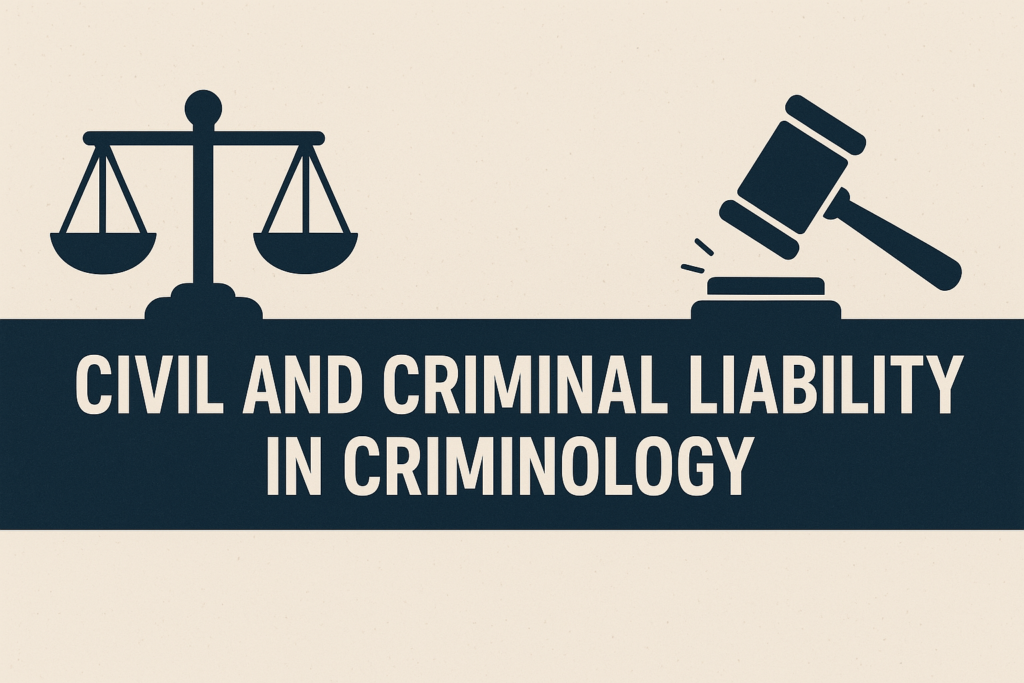
Conclusion
Civil and criminal liability are crucial pillars of legal and criminological studies. Their distinctions, applications, and legal principles shape justice and societal norms. The interplay between the two systems provides a comprehensive approach to addressing harm, deterring misconduct, and upholding individual and collective rights. As laws evolve, understanding these liabilities remains essential for legal professionals, criminologists, and policymakers. A nuanced grasp of civil and criminal liability not only enhances theoretical knowledge but also equips practitioners to navigate complex legal landscapes in pursuit of justice.

